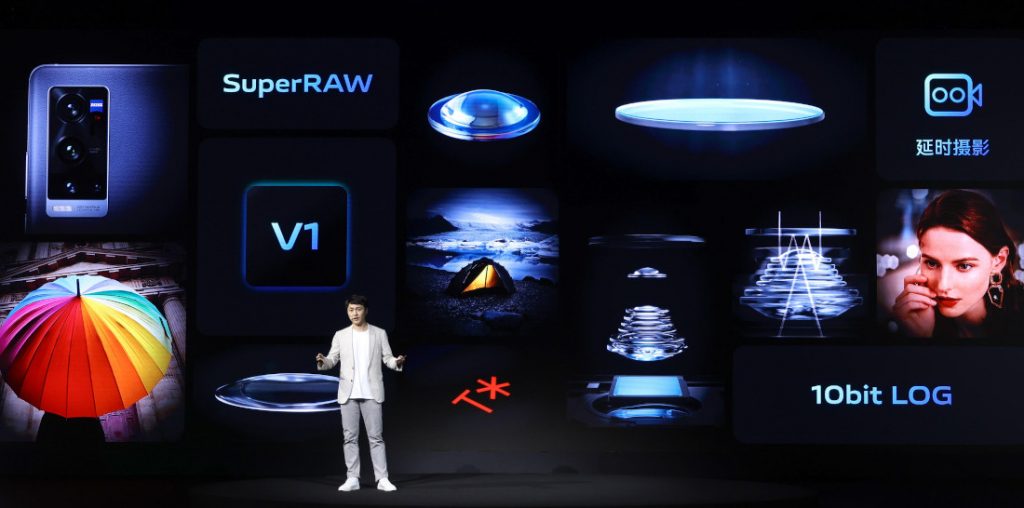
At an event in China, vivo today introduced new new achievements in its mobile phone imaging technology such as ultra-high transparent glass lenses, new coating technology, and Zeiss natural colours. Through comprehensive collaboration with Zeiss in imaging chips, optics, and software algorithms, vivo said that the technology has greatly improved the night shooting experience, reduced glare and ghosting, and has continuously improved professional portraits and colours.
vivo V1- vivo’s first independently developed professional imaging chip
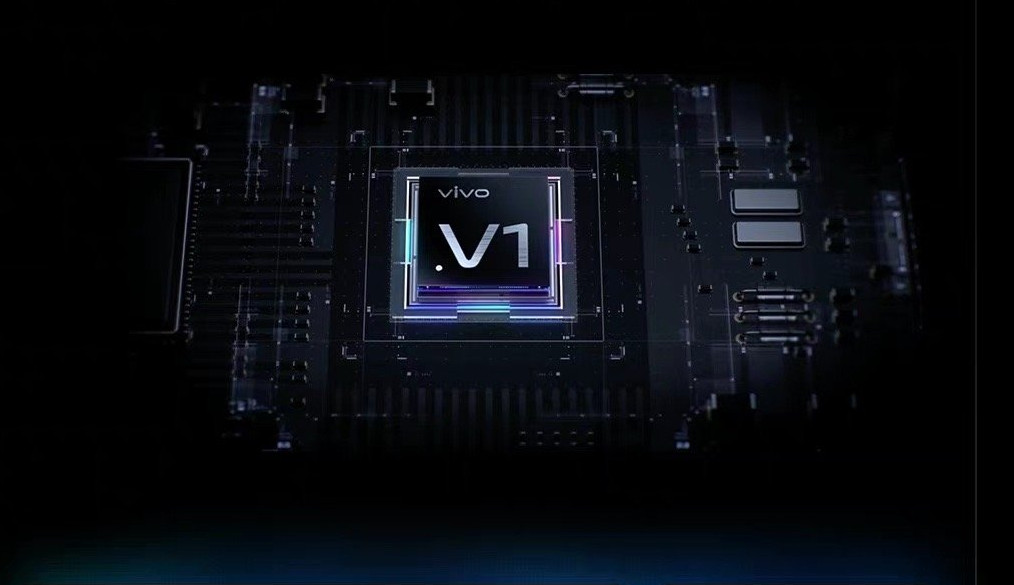
The vivo v1 chip is located between the main chip and the display panel, and its role is to improve the image processing when combined with the main ISP. Vivo claims that V1 has high-efficiency, low-latency, and low-power consumption. When performing specific tasks, it can either process complex calculations at high speed like a CPU or complete parallel data processing like a GPU and DSP. Faced with a large number of complex calculations, V1 claims to have an “exponential” improvement in energy efficiency compared to DSP and CPU.
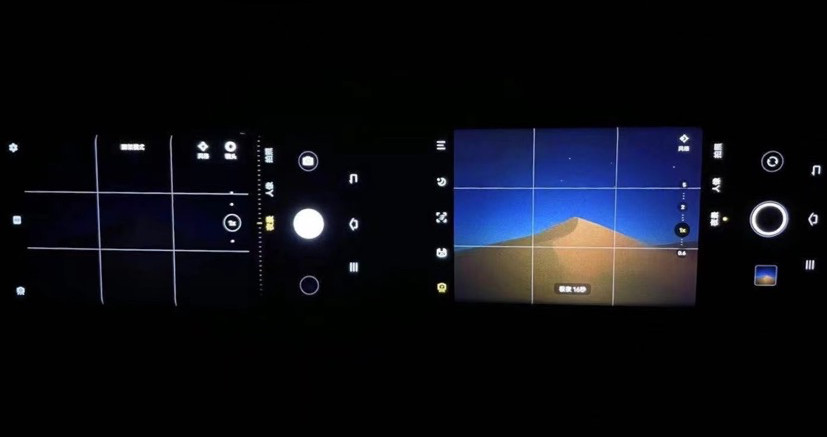
By optimizing the internal storage architecture and circuitry, Vivo has implemented an equivalent of 32MB large on-chip cache on the V1. Its read and write speed can reach 35.84Gbps. Thanks to the chip, the mobile phone can record 1080p 60fps video with real-time noise reduction and frame insertion during video recording. It can also do MEMC noise reduction and frame insertion with low power consumption during low-light shooting of 4K 30fps videos. In addition, with the help of V1, the main chip ISP, the power consumption of preview imaging will also be lower than in the past.
vivo Ultra-low dispersion and high-transmittance glass lens
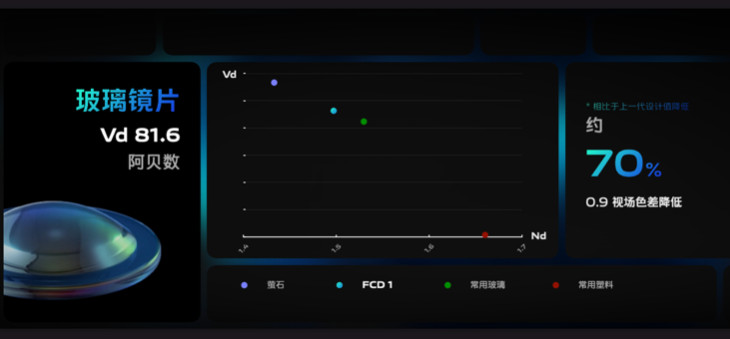
vivo will introduce glass lenses for the first time in the X70 series. Compared to plastic lenses in other phones, glass lenses have the advantages of high light transmittance, low dispersion, and greater thermal stability, but they are also more difficult to produce and cost more. vivo said that the yield rate in the early stage of production is only about 60%. The solution selected by vivo this time can reach an Abbe number, the authoritative indicator for measuring chromatic dispersion, of 81.6, which is the highest in the mobile phone industry at present.
The ultra-low dispersion and high-transmittance glass lens also achieves a higher degree of purity, and the central transmittance is increased to a maximum of 95%. The AOA dynamic optical calibration process is adopted to adjust the sharpness reduction caused by lens thickness error and lens eccentricity error to ensure the optical quality of the final lens.
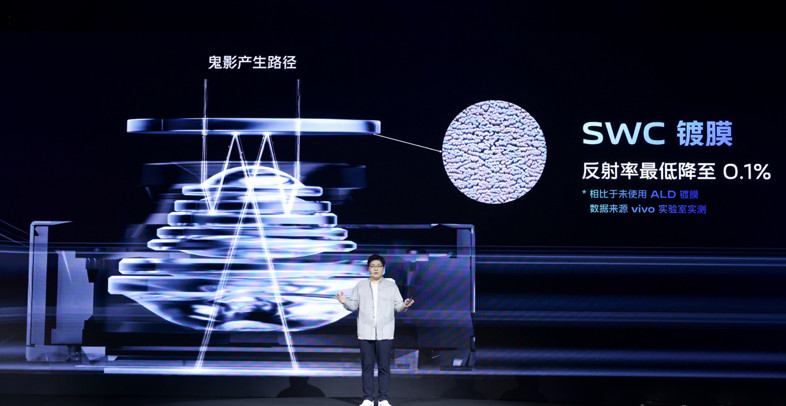
To overcome glare and ghosting in the lens, vivo introduced SWC coating technology. Based on the principle of bionics, the reflected light is fully suppressed, and the reflectivity is reduced to a minimum of 0.1%, which greatly improves the purity. In addition, vivo exclusively launched the ALD atomic layer deposition process to form a nano-level coating on the ultra-high-transmittance glass lens to further reduce light reflection.

Based on the previous generation portrait mode incorporating the Zeiss Biotar lens rotating light spot effect, Vivo will continue to add the simulation effect of the Zeiss Sonnar lens to the X70 series. It will try its best to restore the lens imaging depth, aperture erosion, and lens flare, and strive to reproduce the classic Zeiss portrait style on the phone.
It will also let you change the shooting method of time-lapse movies from the common frame extraction in the industry to photo sequences to improve dynamic range, low light and overall image quality. In addition, the new phone will also have a Log mode and a SuperRAW function that can output 14-bit bit depth RAW to offer the full potential of mobile phone imaging.
We have already seen the specifications of the X70 series in the latest leak and certification, all we should know is the price of the phone, which will be revealed on September 9th.
